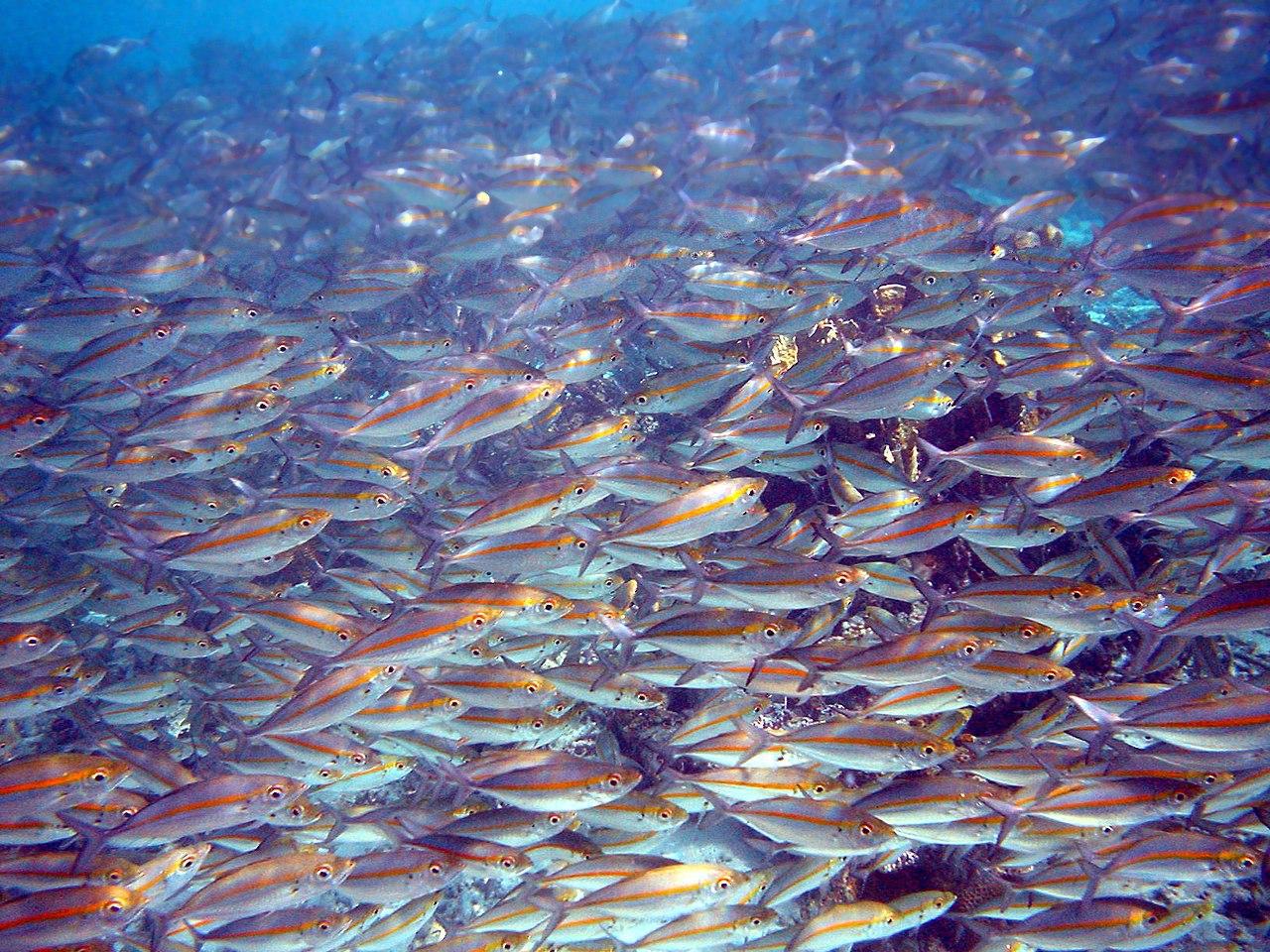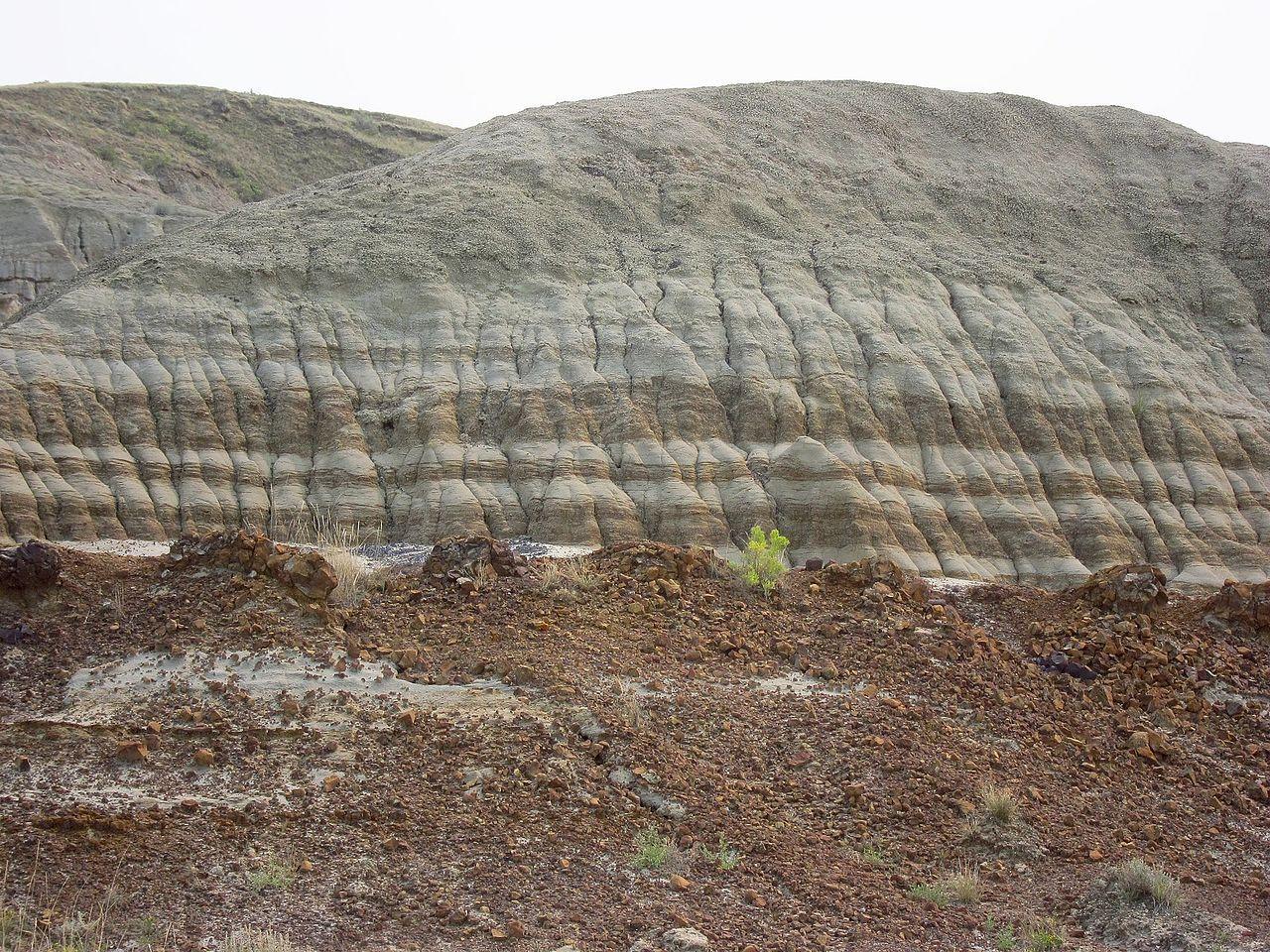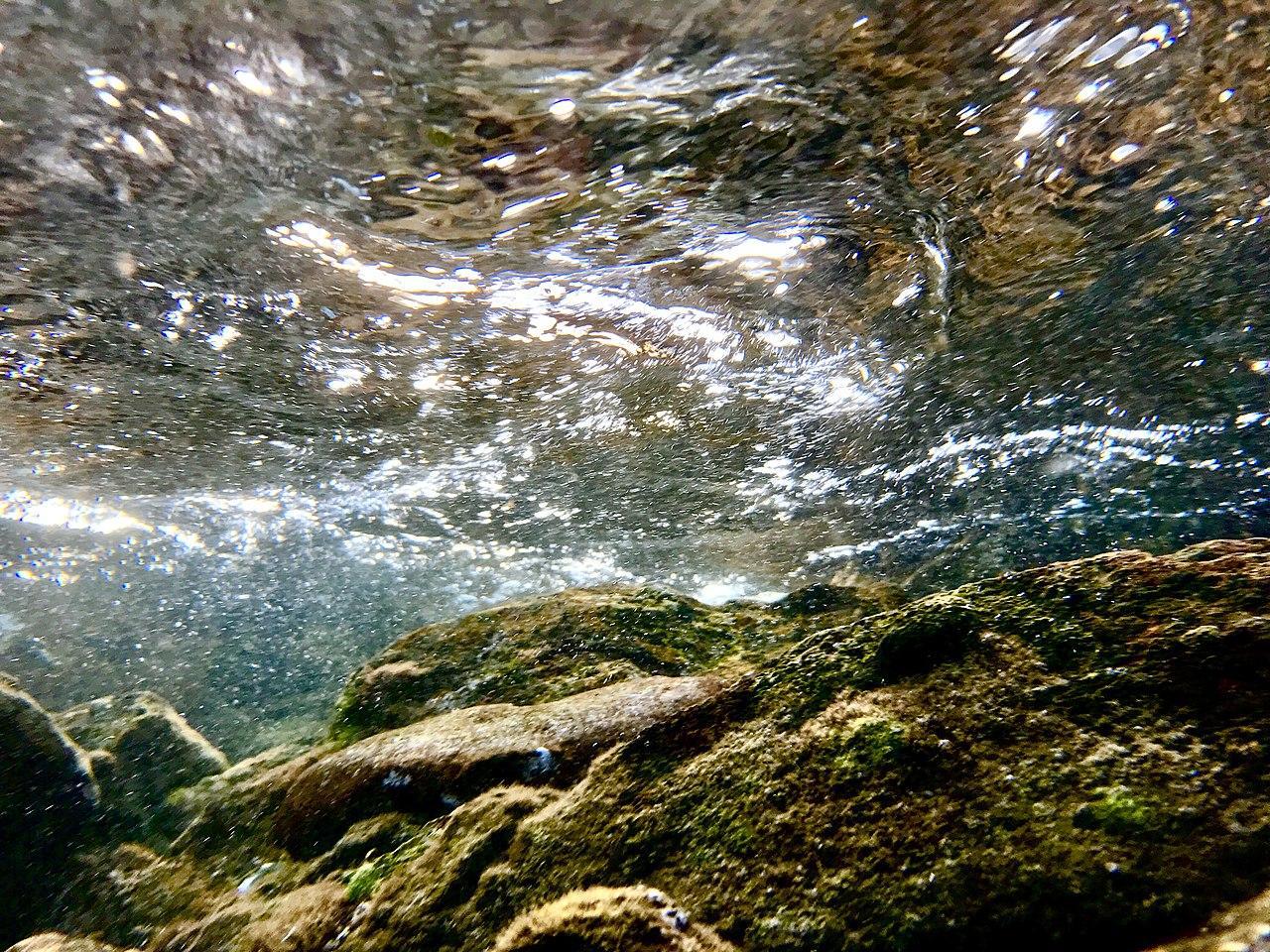Every 36 Million Years, an Explosion of Life Happens on Earth – Researchers Now Know Why
After years of dedicated research, scientists have finally unraveled the mysteries behind the extraordinary surge of life that graces our planet every 36 million years.
Recent research underscores the pivotal role of Earth’s tectonic plates in the surge of biodiversity during these lengthy cycles, primarily due to their influence on the sea. The groundbreaking research aims to revolutionize our understanding of the link between Earth’s geological past and the evolution of biodiversity mammals.
A Boom of New Marine Life
A new study published by a group of researchers in the journal Proceedings of the National Academy of Sciences reveals a 36-million-year cycle affects the biodiversity of marine mammals.

Source: Wikimedia
Researchers who participated in the study believe they have also found evidence to explain what’s behind this phenomenon, which is centered on Earth’s tectonic plates.
Researchers Uncover Reasons Behind the Explosion of Life
Under the leadership of geologist, Slah Boulila from Sorbonne University, a team of researchers embarked on a rigorous analysis of fossils and the Earth’s geological record.

Source: Wikimedia
Their results revealed that changing sea levels resulting from a 36-million-year cycle of tectonic plate movement disrupted several ecosystems, forcing some species to struggle. However, they also noticed new ones began to blossom and thrive.
Geoscientist Explains the Nature of the Find
The nature of the findings was explained by geoscientist Dietmar Müller, who works at the University of Sydney.

Source: Wikimedia
“In terms of tectonics, the 36-million-year cycle marks alterations between faster and slower seafloor spreading, leading to cyclical depth changes in ocean basins and in the tectonic transfer of water into the deep Earth,” he said.
The Movement of Tectonic Plates Leads to the Explosion of Marine Life
The movement of the Earth’s tectonic plates essentially causes sea levels to rise and fall, which triggers bursts of biodiversity in marine life.

Source: Wikimedia
Müller continued, “These, in turn, have led to fluctuations in the flooding and drying up of continents, with periods of extensive shallow seas fostering biodiversity.”
The Biodiversity of the Ocean
The researchers who had previously studied the fossil record knew biodiversity was not a constant. Instead, it fluctuated over periods of tens of millions of years, with extinction events and the rise of entirely new species evident throughout.

Source: Wikimedia
However, what eluded the researchers was the reasoning behind these changes and whether an underlying event linked them.
Researchers Study Fossil Records Going Back 250 Million Years
To get to the bottom of the question, Boulila and his team got to work maliciously studying various geological databases full of fossil records stretching back over 250 million years.

Source:
The researchers gathered all the information they could by comparing this data with simulations and modeling using a software program called GPlates, which enables researchers to visualize the movement of tectonic plates.
36-Million-Year Cycle
The simulations and data they collected showed evidence of an explosion of life in marine animals that occurred in cycles of 36 million years.

Source: Wikimedia
They quickly realized this cycle coincided with another found previously witnessed in tectonic and scale rock layer data. Essentially, this suggested that the changing sea levels caused by the movement of tectonic plates played a key role in biodiversity cycles.
Challenging Previous Theories
According to Müller, the new data will significantly change how researchers perceive the changes in marine biodiversity witnessed over an extended period of time.

Source: Freepik
“This research challenges previous ideas about why species have changed over long periods,” he said.
Why Does the Cycle Occur in Periods of 36 Million Years?
Müller went on to explain why the cycle occurs in periods of around 36 million years.

Source: Wikimedia
“The cycles are 36 million years long because of regular patterns in how tectonic plates are recycled into the convecting mantle, the mobile part of the deep Earth, similar to hot, thick soup in a pot, that moves slowly,” he said.
Could the New Research Explain Global Warming?
Some people have begun using the team’s research to explain global warming, yet Müller has quickly dismissed this theory.

Source: Wikimedia
“What we’re talking about is not an alternative mechanism to explain global warming,” he said, adding that the rate of sea-level rise documented in their study is relatively slow. “[The rates] at which we are changing the climate and the surface environments now are faster than ever in the geological record.”
Cretaceous Winton Formation
Speaking on how changing sea levels play a role in shaping ecosystems and their overall influence on biodiversity in Australia, Müller used the Cretaceous Winton Formation in Queensland as a perfect example. As the sea levels changed, it provided unique habitats for a wide range of species, said the professor.

Source: Wikimedia
“The Cretaceous Winton Formation stands as a testament to the profound impact of these sea-level changes, capturing a snapshot of a time when Australia’s landscape was transformed, and fascinating creatures roamed the land,” Professor Müller said.
